In the process of changing your diet for the better, you tend to learn about incredible new foods that are not yet in the mainstream. As I've mentioned my – let's call it – affinity for chocolate in the past, it wasn't long before I ran across carob.
Carob, in the tradition of chocolate, is a plant-based food that happens to share a brown color. It's a beautiful plant in the legume family that is tasty and – as you'll see – arguably nutritious.
Let's get to know carob better!
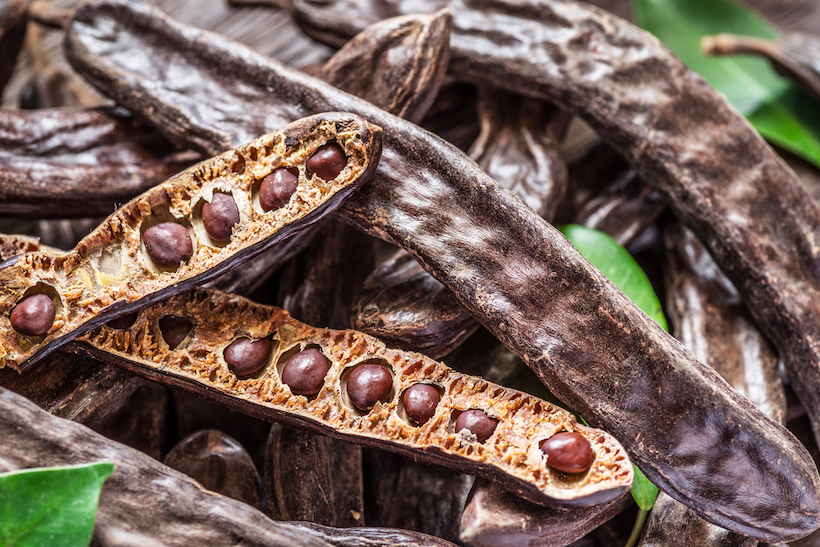
Carob is a natural food that comes from a plant, Ceratonia siliqua. It's a shrub or tree in the legume family and is indigenous to the Mediterranean and Middle East.
The edible part of the plant is a sweet pulp that is dried, roasted, and then ground into a powder (similarly to how cocoa and coffee are prepared for consumption).
The resulting ingredient is sweet – not bitter like its chocolatey cousin – and full of nutrients. Having a higher natural sugar content, carob is typically used to create sweets. Usually, the ground powder is made into chocolate-like chips or bars. As with chocolate, it also mixes well with a variety of other ingredients.
Carob comes Ceratonia siliqua, the carob plant. It's native to the Mediterranean region as well as the Middle East.
However, its growth and use have spread to other regions of the world. Still, the leading producers of the plant are all countries with a Mediterranean climate: Spain, Italy, Portugal, Greece, and Morocco.
The earliest recording of carob use in human history comes from ancient Egypt.
Reportedly, people often used carob to feed livestock. There is also evidence that they used the plant to create a gum-like adhesive that helped in the process of mummy binding.
From there, the use of carob spread to different regions controlled by the Arabs and the Romans. Both civilizations used the carob pod as a measurement unit for weighing – the word 'carat' means both a bean pod and a small weight such as that of a modern diamond.
Then, in the 13th century, different cultures started using carob as their primary source of sugar. It wasn't until modern times that carob earned its reputation as a viable and less fatty alternative to chocolate.

Much like cocoa, carob is made into a flour-like powder to be consumed by humans.
The process is rather simple: First, the pods are washed to remove dust and other unwanted particles from them. Then, they are boiled to make them more manageable.
Once boiled, the pods are opened to remove the seeds inside. Then, it's all about grinding, dehydrating, and blending the seeds leaving behind a fine powder.
This powder can be used in a variety of ways. However, the most frequent usage is to turn carob powder into chocolate-like bars and chips or mix it into various baked goods.
Apart from being used as a healthy substitute for cocoa, carob is used to create carob gum.
This substance can be used in a variety of applications. Most commonly, carob is added to cosmetics as an adhesive or binder, as a stabilizer, as a texture enhancer, or to provide fragrance.
Like all foods, carob pulp contains an array of different components, many of which are nutritious and beneficial to the human body. To cover just a few:
You will be happy to learn that carob contains a variety of powerful polyphenol antioxidants.
Antioxidants help your body fight dangerous free radicals and environmental toxins.
An incredible and rich variety of polyphenols can be found in the carob plant (leaves, pod, seeds, barks) as well as its byproducts (syrup, flour, fiber).
These micronutrients provide many benefits to the human body, including the aforementioned antioxidant properties. As a result, they help you maintain vitality and health while facing daily attacks of free radicals and environmental toxins. More than that, polyphenols have been found to help improve and control diseases like diabetes and cancer. They are also beneficial against neurodegenerative.
(More on this in a few sections!)

As I previously mentioned, the carob plant does contain a significant number of sugars: a carob pod is roughly 91% carbohydrates, with the majority sugar (and a fair amount of fiber).
The plant contains the following types of sugar:
The most abundant type of sugar in the carob plant is sucrose, making between 55 and 75 percent of its sugar content.
Sucrose - table sugar - is a disaccharide consisting of the simple sugars fructose and glucose. As a result, it can cause a rapid rise in blood glucose levels, resulting in a quick conversion to energy.
Unfortunately, this can be a problem for people living with diabetes, as insulin release is necessary to help cells absorb glucose in the blood.
Outside fructose bound in the sucrose, unbound fructose is about 7 to 16 percent of fructose in the carob.
Fructose is very sweet. More than that, it boosts the taste of other types of sugars and sweet foods – a bonus if you use carob in a baking recipe.
Fructose has a low glycemic index, resulting in very little insulin being released into the bloodstream after its consumption since fructose is primarily absorbed from the intestines. Note that high fructose consumption has been linked to non-alcoholic fatty liver disease, though – its properties aren't free.
Glucose, like fructose, is a monosaccharide or simple sugar.
Carob's sugars consist of between 7 and 16 percent glucose. Glucose is the major carbohydrate source of energy in living cells – your muscles and liver can store glucose directly in the form of glycogen.
(More than that, glucose is also the main product of photosynthesis.)
Outside of its macronutrients, you will be pleased to learn that the carob plant has a variety of vitamins as well. Most notably, carob is rich in vitamins A, B2, B3, and B6.
Carob also has a lot to show when it comes to minerals. Carob contains copper, zinc, manganese, calcium, magnesium, selenium, and potassium in significant amounts.
Carob also has some digestive benefits due to having a decent amount of insoluble fiber – roughly a third of a carob pod is fiber.
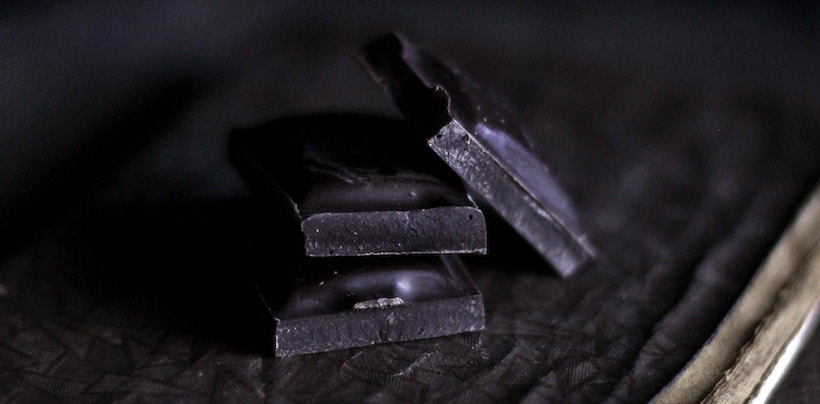
As you know, carob's most often presented as a healthy alternative to chocolate.
How comparable are these two foods really, though? Let's take a look at how chocolate and carob stack up.
There are many similarities between carob and chocolate. Look at the basic facts: both originate from a plant's seeds, they have comparable taste after some preparation, and they can mostly substitute for each other in recipes – with minor tweaks.
However, there are also some significant differences in terms of taste and nutritional values and composition. Additionally – I'll also point out chocolate has small quantities of the stimulants caffeine and theobromine, while carob does not.
Even though both foods are naturally sweet, there are some key differences between carob and chocolate when it comes to taste.
Without a doubt, eaten raw, you'll note that chocolate has a bitter taste. This often causes manufacturers to add lots of sugar and fat to it to change the flavor to the public's tastes (although some folks do buy dark chocolate with little sugar content).
Meanwhile, carob is not bitter at all. On the contrary, carob is naturally sweet, eliminating the need to add much – if any – extra sugar in a carob-based recipe.
Here are some of the key nutritional differences between carob and chocolate:
For starters, carob is significantly lower than chocolate in fat content. The FDA's FoodData nutritional guide states that 100g of dark cocoa contains 42.6g of fat. Meanwhile, 100g of carob flour contains 0.65 grams of fat.
Chocolate contains 8 grams of carbohydrate per ounce, while carob contains a significantly higher amount at 25 grams of carbohydrate per ounce.
Chocolate and carob contain similar amounts of the same vitamins. However, carob boasts a slightly higher concentration of B vitamins, including thiamin, riboflavin, niacin, vitamin B6, and folate.
Both chocolate and carob have high concentrations of essential minerals, including iron, magnesium, phosphorus, potassium, zinc, copper, manganese, and selenium. However, chocolate has slightly higher levels of these substances.
As previously mentioned, chocolate contains caffeine, while carob does not. For that reason, people who can't consume caffeine may very well use carob as a substitute for chocolate.
Notably, chocolate contains the stimulant theobromine, while carob does not. Theobromine is a stimulant and is also the substance that makes chocolate dangerous for domestic animals.
I'm not saying to feed your pet carob all the time, but carob is safe for both dogs and cats to eat.
Let's get into the heart of the matter – what are the proven health benefits of carob?
Below I've collected 9 health benefits backed with studies. Let's look at the pods!

Various studies have shown that carob can help lower total cholesterol and low-density lipoprotein cholesterol (LDL). As you may know, LDL cholesterol is the "bad" type of cholesterol considered a negative marker of health.
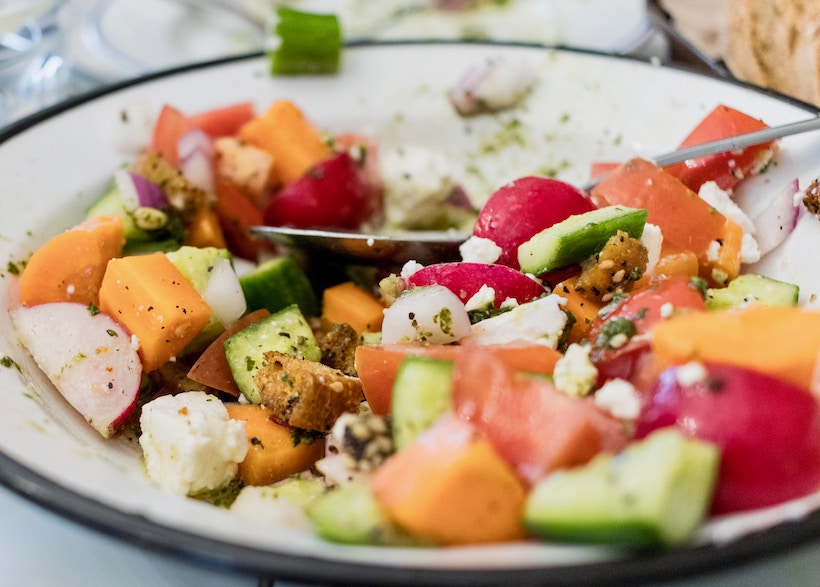
Recent studies have shown that carob has certain antimicrobial properties capable of producing a slight antibiotic effect in stored food.
In particular, carob seems to be effective against organisms such as Staphylococcus aureus S-6, St. aureus 722, and Pseudomonas fragi.
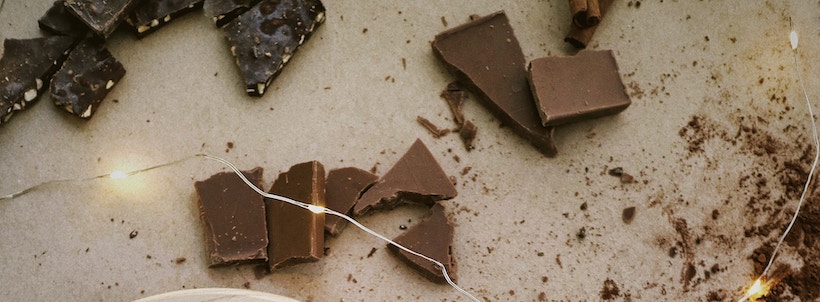
Quite amazingly, recent studies have shown that carob can have positive effects in the fight against colon cancer.
One of these studies indicated that consistent use of the plant helped reduce the survival of rapidly proliferating HT29 (colon adenocarcinoma cells) in the human colon. It should be noted, however, that the study of the plant's cancer-fighting properties is still in early stages.

A very practical use of carob is to help reduce the duration of diarrhea.
In particular, carob is effective against diarrhea of both bacterial and viral origin. In one study, patients who used carob extract normalized defecation and regularized their body temperature before patients that didn't.

Carob does not only help slow down and curve diarrhea. It has been proven that giving carob bean juice to patients who duffer from dehydration due to extreme diarrhea can help their body absorb and retain water, effectively fighting dehydration.
It should be noted, however, that carob bean juice does not help reduce the severity of other symptoms associated with acute diarrhea – but as you saw above, it can treat diarrhea as well.
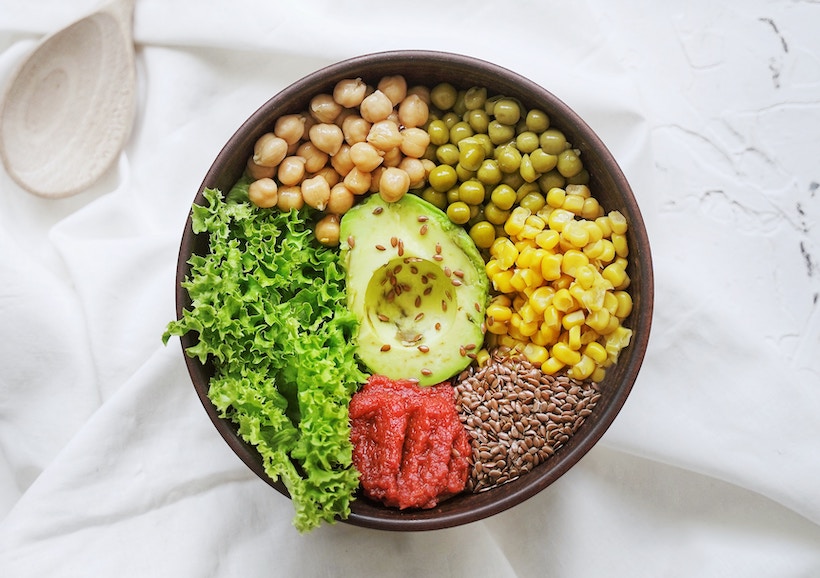
Some studies seem to indicate that carob honey has antioxidant properties specific to the human kidney, liver, and brain.
Unfortunately, the only studies available have been based on tests made on rats. These studies show that rats who were treated with extract of carob pods for seven days experienced reduced hydrogen peroxide (H2O2) in the kidney, liver, and brain. This reduction in H202 resulted in a lowered toxicity in these organs.
Of course, I always like to wait for a human study. Still, it's nice to know what's out there being researched.
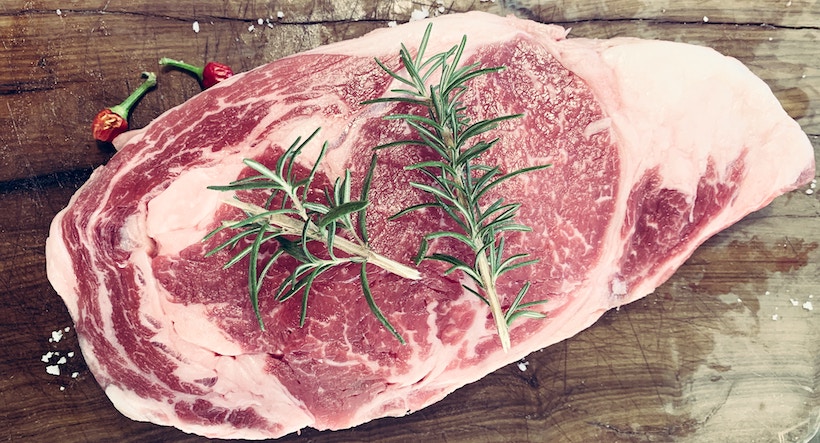
You may be surprised to learn that carob has beneficial health effects outside of the human body.
Carob can help preserve frozen meats for more extended periods without spoilage. This is due to the powerful antioxidant properties of the food.
One study clearly showed that the use of carob on frozen meats helped reduce the effects of thermal oxidation in the long run. As a result, the substance can be used to help prevent fat alteration in meat at chilled and frozen temperatures.
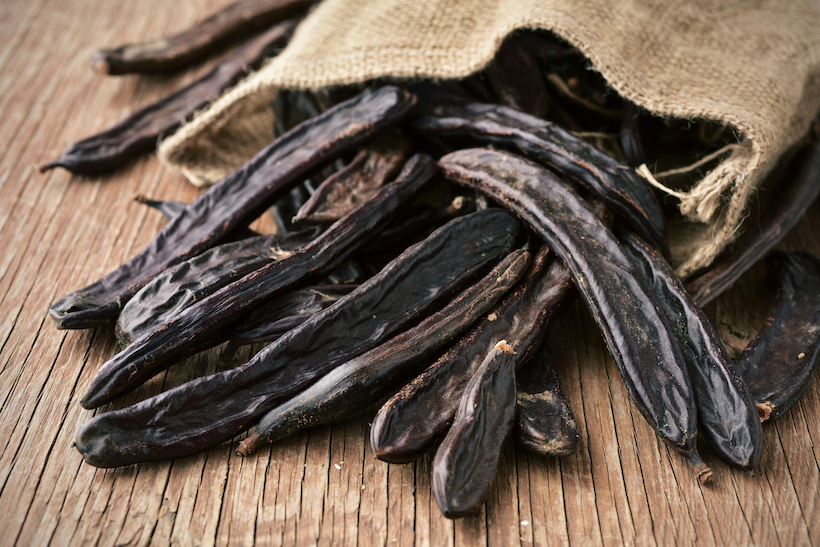
One study showed that methanol leaf extracts of female cultivars of the carob tree could help inhibit cell proliferation in some tumors. It should be noted, however, that the effectivity of these inhibitory properties varied greatly depending on the genders of the trees used to create the extract.
At any rate, this study demonstrated carob extract could slow down the growth rate in some types of tumors – both benign and malign.

Insulin is a hormone that helps your cells absorb glucose to get energy. Unfortunately, people with diabetes either do not produce or utilize insulin adequately.
As you probably already know, one solution is to administer insulin directly to the patient via injection. However, pre-diabetic patients have shown an improved sensitivity to their naturally-produced insulin through the use of inositol-enriched beverage (IEB) from carob.
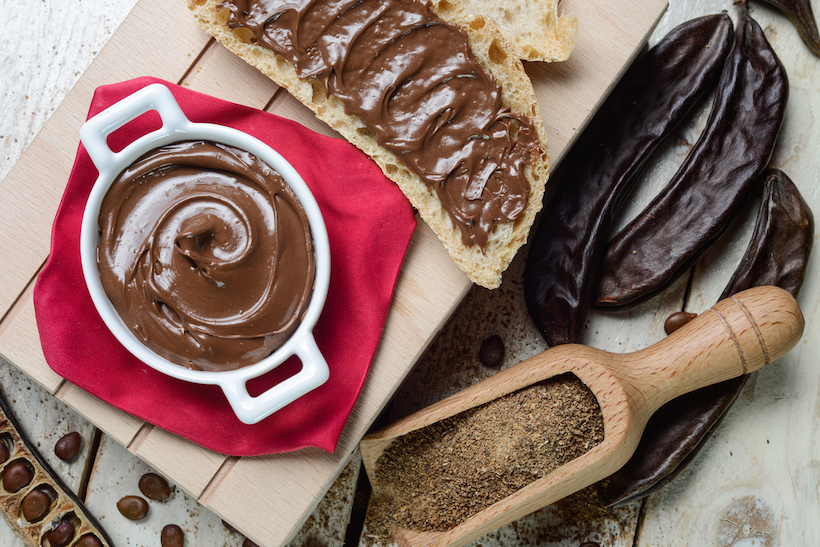
So, is carob good for you? If you are looking for a quick answer, then yes, it's a pretty impressive food in moderation.
The nutritional and health effects of carob are pretty positive at this point. However, to give you a more nuanced answer, let's break the question down a bit further:
Like all foods, carob has positive and negative effects on your health. It all comes down to the balance: Do the positives justify and balance out the negatives?
Luckily, the short answer to this question is yes.
Taking into account its nutrients alone, carob can be a great part of a healthy diet – in conjunction with, or as a replacement for, chocolate.
More than that, carob has a great antioxidant profile. Additionally, studies have shown that carob can be a great aid when it comes to fighting a wide range of diseases, including some types of cancer.
It's not all positive, though. There are a few things to beware with carob.
As I mentioned above, a carob pod is around 90% carbohydrates. Overeating carob might eventually lead to weight gain and the symptoms of metabolic syndrome.
And it shares a common risk with chocolate - most preparations of carob or chocolate load up on other ingredients – and often the worst-for-you-yet-best-tasting ones.
As with many things with purported benefits, make sure you enjoy your carob in moderation.
Not to be forgotten, many people are allergic to plants and foods in the legume and nut categories.
Carob is a legume, and while its legume cousin peanut claims the majority of legume allergies, carob allergy is not unknown.
By and large, carob is a beneficial food that does not pose much danger to humans. Many people even consider it a healthier alternative to chocolate due to its inoffensiveness.
Of course, as just mentioned, carob does have a significant amount of sugars. For people watching their weight or living with diabetes, carob might be on the "no" list.
Additionally – and of course – if you are allergic to carob, don't eat it. Most of its beneficial effects can be found in substitute foods.
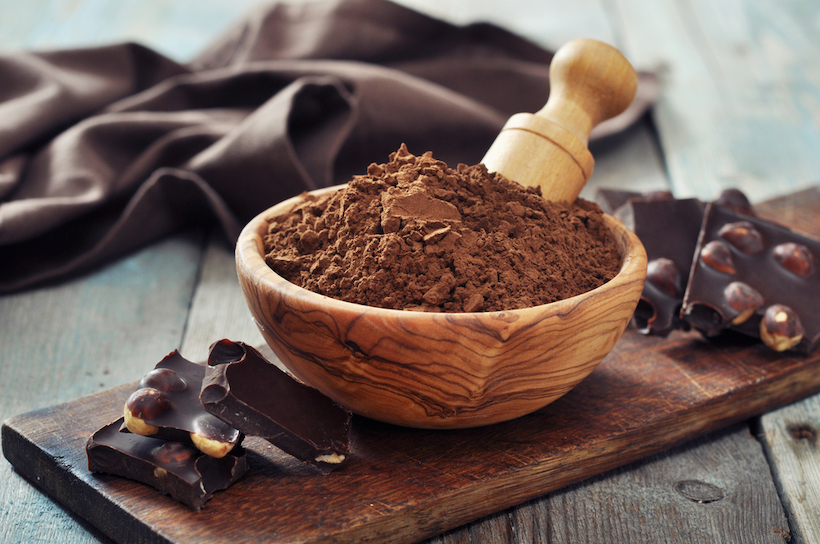
There are certainly some important differences between carob and chocolate. Both foods have been proven to have a lot of benefits when it comes to nutrition. What is more, both foods contain fantastic components and chemicals that can help regulate, improve, and protect the functioning of your body.
In some aspects, however, it is clear that carob is the healthier choice between the two.
In addition to having less fat than chocolate, carob has a healthier combination of sugars. Even more, carob is full of antioxidants that chocolate does not have and doesn't come with the stimulants caffeine and theobromine.
Considering all this, I believe carob to be healthier than chocolate on balance.
That doesn't mean that chocolate is without virtues: lovers of chocolate will tell you that the food is richer, more sumptuous, and ultimately more delicious than carob. And chocolate has excellent health benefits too.
As with many things, the health and flavor tradeoff comes down to your taste.
If you're like me and didn't discover carob until well after chocolate, you're in for a treat. It's god a similar – yet distinct – taste, and arguably better health-promoting properties.
The next time you're shopping, pick up some carob and try it. Maybe you'll even go beyond me and make a full switch!